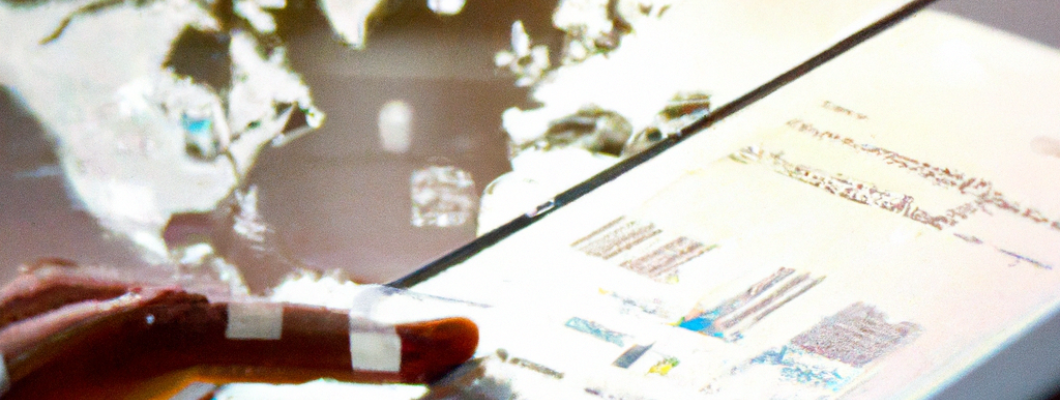Exploring Cutting-Edge Trends in T-Shirt Printing Technology

Exploring Cutting-Edge Trends in T-Shirt Printing Technology
If you're involved in custom apparel or running a small business, keeping up with the latest advances in t-shirt printing technology can significantly impact your success. The industry has experienced rapid innovation over recent years, transforming traditional methods into highly efficient, eco-friendly, and versatile processes. Whether you"re a hobbyist or a professional retailer, understanding these emerging technologies can help you make informed decisions about equipment, improve product quality, and meet your customers' growing expectations.
One of the most notable recent developments is the rise of direct-to-garment (DTG) printing. This technology operates similarly to a high-end inkjet printer, applying specialized inks directly onto fabric. The advantage of DTG is its capacity for producing intricate, full-color designs with vibrant detail, making it ideal for short runs and personalized orders. As the technology advances, newer DTG machines offer faster printing speeds, higher resolutions, and more durable inks. Many models now include features like automation and inline pretreatment, which streamline workflow and improve output quality. These improvements have allowed small business owners to produce professional-grade designs without the high costs traditionally associated with custom printing.
Alongside DTG, eco-conscious printing techniques have gained prominence. Consumers are increasingly demanding sustainable products, prompting manufacturers to develop environmentally friendly options. Water-based inks, which produce soft-hand feel prints and are biodegradable, have become widely available. These inks emit fewer volatile organic compounds (VOCs), reducing environmental impact and making the process safer for operators. Modern printers incorporate features that minimize waste and energy consumption, aligning with eco-friendly production goals. For entrepreneurs aiming to cultivate a sustainability-focused brand, investing in such environmentally friendly t-shirt printers can also serve as a compelling marketing advantage, appealing to conscious consumers.
Sublimation printing represents another exciting innovation, especially for polyester and synthetic fabric apparel. This process involves turning dye into gas and embedding it directly into fabric fibers, resulting in vivid, long-lasting images. Recent advances have made sublimation printers more affordable and easier to operate, opening up opportunities for small businesses to produce high-quality, durable designs with bright colours. Sublimation is particularly popular among sportswear manufacturers and promotional product companies, as it withstands frequent washing without fading or peeling. With ongoing improvements in print resolution and speed, sublimation is set to become an essential part of the modern t-shirt printing toolkit.
Additionally, hybrid printing systems that combine multiple techniques are increasingly available. These versatile machines enable users to switch between screen printing, DTG, sublimation, and other methods within a single device. For small businesses looking to diversify their product offerings, hybrid printers eliminate the need for multiple machines, saving space and reducing investment costs. Automated features such as adjustable print heads and software integration simplify the printing process, ensuring consistent quality and faster turnaround times. As these systems become more user-friendly and cost-effective, even startups and small shops can produce a wide range of custom apparel with a high degree of flexibility.
When selecting a t-shirt printer, various factors such as budget, production volume, and desired print quality should be considered. Entry-level models are suitable for beginners and small-scale operations, offering ease of use at a lower cost. Mid-range printers provide higher speed and resolution, catering to growing businesses. High-end industrial printers offer fast throughput, advanced automation, and maximum durability—ideal for large-volume production. Investigating user reviews, warranty options, and supplier support can also help inform your decision. Upgrading to newer technology not only improves your product quality but also enhances operational efficiency, helping your business stay competitive in a rapidly evolving market.
In conclusion, the current landscape of t-shirt printing technology offers a wealth of opportunities for entrepreneurs and artists alike. From the precision of direct-to-garment printing to eco-friendly inks and high-quality sublimation, these innovations are shaping the future of apparel customization. By staying informed and investing wisely in modern equipment, you can produce better designs, reduce costs, and meet the increasing demand for sustainable and high-quality products. Embracing these trends ensures your brand remains relevant and competitive in the dynamic world of custom apparel printing.

Leave a Comment